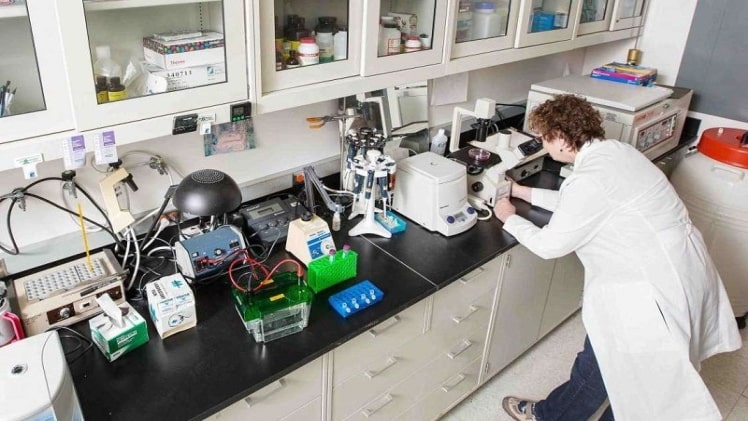Every laboratory needs perfect equipment to ensure a smooth working session without faults. One must select appropriate equipment to avoid mishaps or dangerous events inside the lab. Australia has massive growth in this section, where several lab tests help create life-changing outcomes daily. One must find the best science supplies in Australia / science lab equipment to ensure getting quick and correct results without any incidents with the chemicals or potentially losing their work.
Conical flasks
These are essential lab equipment for every science experiment. One can buy them in bulk at most stores but finding quality flasks is vital to the work. One must ensure they have all the necessary qualities like heat resistance, durability, and more. It is best to purchase conical flasks from a store selling science supplies in Australia / science lab equipment since they are the experts. Such professionals ensure all necessary elements beforehand to make the best products, ready for experiments.
pH strips:
pH strips are a must-have for every science experiment. They are used to measure the pH level of a solution and are very useful in determining whether or not the experiment will work. One can also use them to test solutions for acids, bases and alkalis. The best part about these pH strips is that they come with an easy-to-read scale with colourful notes, which means one does not have to worry about measuring the right amount of acid or base needed in the experiment! Many people in Australia prefer having pH strips at home to measure the acidity or basic nature of their regular household items.
Petri dishes:
Petri dishes are the most common lab equipment used for microbiology. They’re also an essential piece one will need to work with bacteria, yeast, or other microorganisms. Petri dishes come in various sizes and shapes in Australia (some even have an adjustable lid!), but they all serve a similar purpose: to hold liquid culture media to grow their cultures without disturbing them too much with their hands or mouth.
Some Petri dishes have lids that snap onto the top securely; others have covers that go on the overtop once submerged into a larger container full of nutrient solution. This equipment is called “submersible” Petri dishes and can be purchased as a standalone if one does not already own one specific model.
Pipettes:
Pipettes are a must-have in any science lab. One can use them to measure liquids or even gases. They are available in several sizes to make it easier for users to estimate any amount in minutes. One must select a quality pipette to ensure safe transfer since many of them tend to break while using harsh chemicals. Also, use a pipette with stoppers and other features to take accurate measurements. One can find such pipettes in any science lab equipment store in Australia but select a quality outlet for the best results bitsandboxes.
Test tube
One will need test tubes, graduated cylinders and pipettes. There are three types of test tubes: round bottom (or flasks), conical (or beakers) and flat-bottomed. Round-bottom test tubes are the most commonly used type because they are easy to clean and store. They also come in different sizes, from 1 ml up to 100 ml.
Flat-bottomed test tubes have square bottoms, which make them comfortable for students to hold on their own but may not work well for specific experiments. Select other kinds for larger experiments since they need more space. Test tube holders help one separate the chemicals and not cause disasters.
Conical test tubes offer many advantages over round bottom ones, including decreased risk of leaks due to their shape preventing spills while still allowing enough room inside so that multiple samples can fit without spilling out onto one another too much lifeline hospital.

